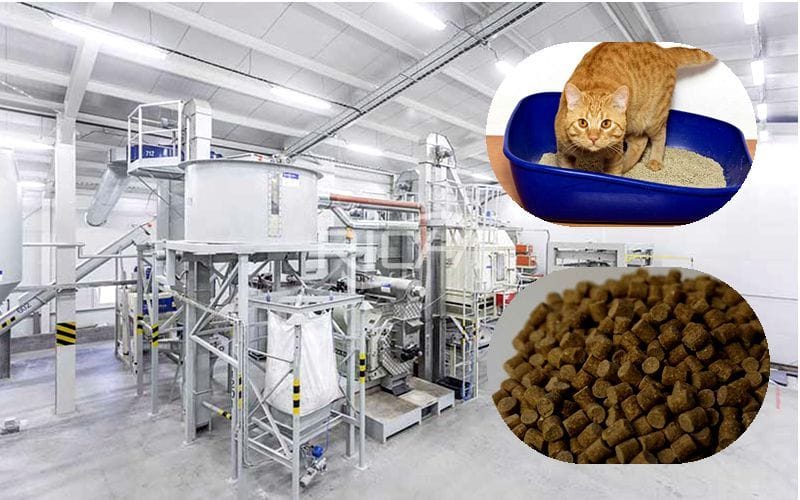
cat litter factory is a staple in every cat owner’s home, but the process of making it is a fascinating journey that involves careful attention to detail, science, and quality control. Let’s dive into the world of cat litter manufacturing to understand how factories turn raw materials into the perfect product for our feline friends.
Step 1: Selecting the Right Materials
The first step in creating high-quality cat litter is selecting the best materials. Most litters are made from materials like clay, silica, or recycled paper, each chosen for its unique properties. Clay, for example, is highly absorbent and can clump easily, while silica has excellent odor control and moisture absorption. Factories may select specific types of clay or silica depending on the final product’s intended properties, such as odor control or clumping ability.
Step 2: Mining and Transporting the Clay
For clay-based litters, the journey starts at quarries where natural clay deposits are mined. These deposits are carefully chosen for their quality and properties, ensuring they meet standards for absorbency and dust levels. Once mined, the clay is transported to the factory for processing. This raw clay is quite different from what you’d find in a litter box—it’s still rough and full of natural impurities that need to be removed.
Step 3: Grinding and Sizing
At the factory, the raw materials are crushed and ground to achieve a uniform consistency. This process is essential for creating the small, manageable granules that make litter easy to pour and scoop. Factories use specialized grinders to achieve the ideal particle size, ensuring that the litter has just the right texture—neither too coarse nor too fine.
Step 4: Removing Dust
One of the biggest concerns for cat owners is dust, which can be irritating for both cats and humans. To address this, manufacturers use advanced filtration and processing systems to reduce the dust content in the litter. After grinding, the materials go through dust-extraction systems to make the product safer and more pleasant to use. Some companies even market special “dust-free” formulas that undergo additional processing to ensure a cleaner experience.
Step 5: Adding Clumping and Odor-Control Ingredients
For clumping litters, factories add special binders that help the litter clump tightly when it comes into contact with liquid. This clumping ability makes it easy to remove waste without having to change the entire litter box. Factories also incorporate odor-control ingredients, such as baking soda, activated charcoal, or essential oils, to help mask or neutralize unpleasant odors. This step is especially important for maintaining a fresh environment in multi-cat households.
Step 6: Quality Control and Testing
Each batch of litter goes through a series of tests to ensure it meets the highest standards. Quality control teams check for clumping ability, odor control, dust levels, and absorbency. Some factories even use testing areas with real cats to make sure the litter is comfortable and effective. Only after passing these tests is the litter ready for packaging.
Step 7: Packaging and Distribution
Once the litter has met all quality standards, it’s time for packaging. Packaging is designed to keep the litter fresh and prevent spills. Some brands include features like resealable bags, handles, or lightweight packaging for convenience. Finally, the litter is ready to be shipped to pet stores, grocery shelves, and online warehouses, where it will make its way to homes around the world.
The Journey to the Perfect Litter
Producing cat litter is a thoughtful, carefully controlled process that ensures every granule is just right for our furry companions. From sourcing the best raw materials to refining, testing, and packaging, cat litter factories work hard to create a product that cat owners can trust. So next time you fill your cat’s box, remember the journey that each scoop of litter has taken to become a clean, clumping, and odor-controlling solution that’s nothing short of purr-fection!